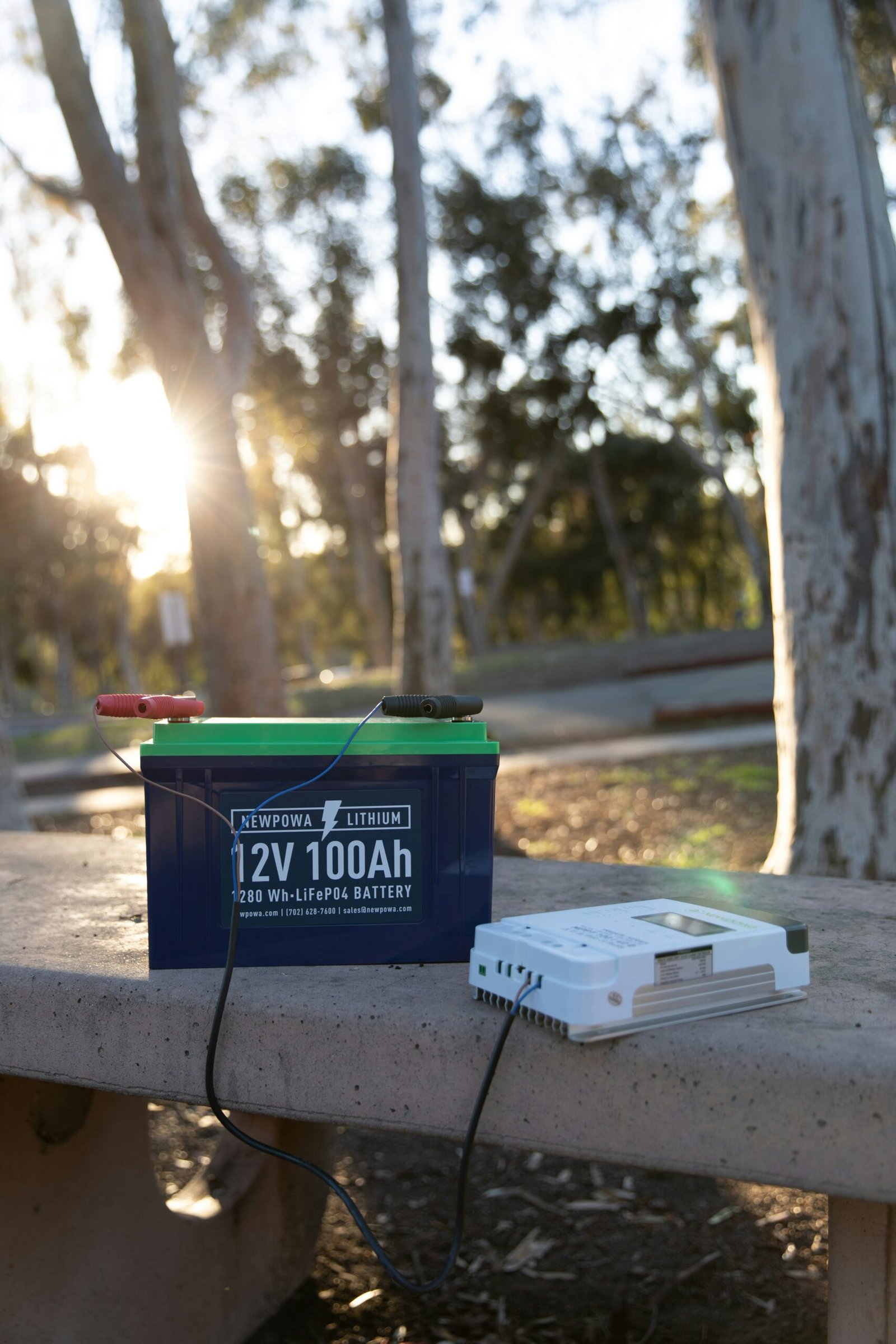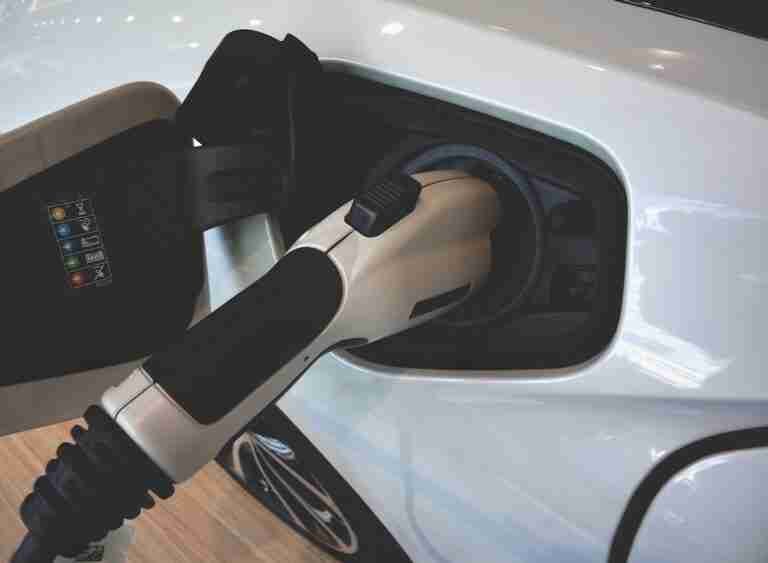Leisure Battery Storage Tips
Introduction to Leisure Batteries
Leisure batteries are essential components for those engaged in outdoor activities such as camping, boating, or RV living. Unlike conventional car batteries that provide short bursts of energy for starting an engine, leisure batteries are designed to deliver a steady supply of power over extended periods. Their primary function is to power appliances and equipment found in recreational vehicles, boats, and campsite setups.
There are several types of leisure batteries available in the market, each with unique characteristics suited for various applications. The most common types include flooded lead-acid batteries, sealed absorbed glass mat (AGM) batteries, and lithium-ion batteries. Flooded lead-acid batteries are reliable and affordable but require regular maintenance and ventilation. AGM batteries, on the other hand, offer a maintenance-free alternative with improved performance in cold weather. Finally, lithium-ion batteries are rapidly gaining popularity due to their lightweight design and longer lifespan, despite being more expensive initially.
Proper storage, charging, and maintenance of leisure batteries are pivotal to optimizing their performance and longevity. Without adequate care, factors such as sulfation, overcharging, or incorrect storage conditions can significantly diminish a battery’s efficiency. Employing leisure battery storage tips can prevent deterioration and ensure that your battery is ready for use when needed. A well-structured leisure battery charging guide is also crucial for understanding the appropriate charging cycles and settings specific to the type of battery employed.
In this guide, we will delve into various leisure battery maintenance tips that highlight the necessary steps to ensure reliability and efficiency. Understanding these essentials will enable you to maximize your power supply during outdoor adventures and improve the overall lifespan of your leisure battery.
Leisure Battery Storage Tips
Proper storage of leisure batteries is crucial for ensuring their longevity and optimal performance. When preparing your leisure battery for storage, it is essential to consider the conditions in which it will be kept. Ideally, the storage area should be dry, cool, and well-ventilated. A temperature range between 5°C and 20°C is recommended, as extreme temperatures can adversely affect battery performance and lifespan. High temperatures, in particular, can lead to battery leakage and damage, while cold temperatures may diminish charging capacity.
In addition to temperature control, monitoring humidity levels is important for battery maintenance. Excess moisture can lead to corrosion and other issues. Therefore, storing the battery in a humidity-controlled environment is advisable. Furthermore, keeping the battery clean is vital. Dirt and grime can accumulate on the terminals, making it difficult for the battery to charge and discharge properly. Regularly check and clean the terminals with a mixture of baking soda and water to maintain optimal contact surfaces.
Another crucial aspect of leisure battery storage is disconnecting the battery from appliances when not in use. If a leisure battery remains connected to devices, it can slowly discharge, leading to reduced performance when next needed. Ensure all connections are properly disengaged before storing the battery. To maintain its health during prolonged periods of inactivity, periodic checks should be performed. Monitoring the battery’s state of charge every month can help identify any issues early on. If the battery’s charge drops below 50%, consider recharging it to extend its life.
By following these leisure battery storage tips, you can ensure your battery remains in peak condition and ready for use whenever needed.
Leisure Battery Charging Guide
Charging your leisure battery correctly is crucial for its longevity and performance. Various methods can be employed to charge leisure batteries, each with its own advantages and considerations. Understanding these methods is essential for effective battery maintenance and utilization.
One of the most popular methods of charging leisure batteries is through solar power. Using solar panels allows for a sustainable source of energy, especially during outdoor activities or camping trips. It is important to ensure that the solar panel system used is compatible with the battery type and capacity. Typically, a solar charging system should be sized correctly to match the energy needs of the devices being powered. Additionally, solar charging is most effective during peak sunlight hours, and it may take longer to charge the battery compared to other methods.
Another common method is charging through mains electricity. This usually involves a fixed charger connected to a regular power outlet. Ensure that the charger is specifically designed for leisure batteries as many chargers are optimized for lead-acid or lithium types. The proper amperage and voltage must be adhered to, and charging should be monitored to avoid overcharging, which can reduce the lifespan of the battery. A fully discharged leisure battery typically requires around 8 to 12 hours to recharge, depending on the battery size and type of charger used.
Generator charging is also an effective option, particularly for those who may need to charge their leisure batteries quickly while in remote locations. When using a generator, it is vital to use a quality battery charger to prevent potential damage to the battery during the charging process. This method provides the flexibility to charge batteries even when solar or mains options are not available.
In conclusion, understanding the various leisure battery charging methods, including solar, mains, and generator options, equips users with the knowledge necessary for effective battery management. By adhering to proper charging guidelines and employing the right chargers, one can avoid common pitfalls that can lead to damage or reduced efficiency of leisure batteries.
- MEET THE GENIUS1UK — Similar to our G750UK, just better. It’s 35% smaller and delivers over 35% more power. It’s the all…
- DO MORE WITH GENIUS — Designed for 6-volt and 12-volt lead-acid (AGM, EFB, Gel, SLA, VRLA, Start-Stop) and lithium-ion (…
- ENJOY PRECISION CHARGING — An integrated thermal sensor dynamically adjusts the charge based on ambient temperature, pre…
- MEET THE GENIUS5UK — Similar to our G3500UK, just better. It’s 34% smaller and delivers over 65% more power. It’s the al…
- DO MORE WITH GENIUS — Designed for 6-volt and 12-volt lead-acid (AGM, EFB, Gel, SLA, VRLA, Start-Stop) and lithium-ion (…
- ENJOY PRECISION CHARGING — An integrated thermal sensor dynamically adjusts the charge based on ambient temperature, pre…
- MEET THE GENIUS10UK — Similar to our G7200UK, just better. It’s 17% smaller and delivers over 115% more power. It’s the …
- DO MORE WITH GENIUS — Designed for 6-volt and 12-volt lead-acid (AGM, EFB, Gel, SLA, VRLA, Start-Stop) and lithium-ion (…
- ENJOY PRECISION CHARGING — An integrated thermal sensor dynamically adjusts the charge based on ambient temperature, pre…
Understanding Battery Capacity and Usage
When it comes to leisure battery storage tips, understanding battery capacity is essential for effective energy management. Battery capacity is typically measured in amp-hours (Ah), which indicates how much charge a battery can hold. For instance, a battery rated at 100Ah can theoretically deliver 100 amps for one hour, or 10 amps for ten hours. Knowing the capacity helps users gauge how long they can power devices or appliances based on their usage patterns.
To optimize energy consumption, assess the devices you plan to use while engaging in recreational activities. For example, if you intend to run a refrigerator that draws 2 amps, the calculation for power consumption would involve determining how many hours you plan to use it. If the fridge runs for 10 hours, it will consume 20 amp-hours of the battery’s capacity. This calculation is pivotal in ensuring you have sufficient power for your needs without depleting the battery prematurely.
Another crucial aspect of choosing the right battery capacity involves considering both peak and average usage. Many users might overestimate the energy required, leading to the purchase of a larger battery than necessary. Conversely, underestimating can result in unexpected power shortages. This underscores the importance of aligning battery capacity with genuine usage patterns. Additionally, be aware that factors such as temperature can also affect energy consumption, prompting the need for a leisure battery maintenance tips to ensure optimal performance in different environments.
When selecting a battery for specific recreational activities, consider how frequently and for what duration you use various devices. Doing so will not only enhance your leisure experience but also improve the longevity and reliability of your leisure battery. Ultimately, a well-informed choice regarding battery capacity can significantly impact your energy management and overall enjoyment.
Common Leisure Battery Issues and Solutions
Leisure batteries, while robust, are not immune to certain issues that can hinder performance and longevity. Identifying these problems early and implementing effective solutions is crucial to maintaining your battery’s efficiency. One common issue is sulfation. This occurs when lead sulfate crystals build up on the battery plates, often caused by prolonged disuse or inadequate charging. Symptoms include reduced capacity and a failure to hold a charge. To diagnose sulfation, check the specific gravity of the electrolyte. If it measures low, it may indicate the presence of sulfation. To address this, a desulfation charger can be employed, which uses high-frequency pulses to break down the sulfate crystals and restore the battery to optimal performance.
Another critical issue is overcharging. Consistently subjecting the leisure battery to excessive charging voltage can lead to overheating and damage. Symptoms of overcharging include bubbling in the electrolyte and a significant increase in temperature. To prevent this, it’s vital to use a proper leisure battery charging guide, which recommends setting the charger to the battery’s specifications. If overcharging is suspected, it’s advisable to disconnect the charger immediately and check the battery’s health. In severe cases, a replacement may be necessary.
Deep discharging is yet another prevalent problem with leisure batteries. This occurs when the battery is drained beyond its safe discharge level, which can lead to diminished capacity and reduced cycle life. Signs of deep discharging include sluggish performance and an inability to power devices adequately. To diagnose, monitor the state of charge using a voltmeter. Employ maintenance tips like regular charging to avoid this issue. Solutions include investing in a quality battery management system to monitor charge levels and ensure timely recharging.
By recognizing these common issues and applying effective solutions, owners can significantly enhance the lifespan and performance of their leisure batteries.
Best Practices for Leisure Battery Maintenance
Maintaining a leisure battery is paramount to ensure its longevity and optimal performance. Regular inspection routines should be established to monitor the condition of the battery. This involves conducting physical checks for any signs of wear, leakage, or corrosion on the terminals. A routine inspection can help identify issues before they escalate, preserving the battery’s efficiency.
Cleaning the battery terminals is another critical maintenance tip. Over time, terminals may accumulate dirt, grime, and corrosion, which can impede electrical flow. It is advisable to clean the terminals with a solution of baking soda and water, scrubbing gently with a brush. Once clean, ensure they are thoroughly dried before reconnecting. This simple task can significantly enhance the performance of your leisure battery.
Monitoring the fluid levels is particularly important for flooded lead-acid batteries. These batteries require adequate electrolyte levels to function properly. It is essential to regularly check and top up the fluid with distilled water, as necessary. Maintaining optimal fluid levels can prevent the battery from drying out, extending its lifespan and energy retention capabilities.
For those utilizing flooded lead-acid batteries, equalizing charges is a crucial practice. This process involves applying a higher voltage charge to the battery for a brief period to ensure all cells are balanced in terms of charge. Conducting this equalization regularly can help prevent stratification and enhance the overall health of the battery.
By adhering to these leisure battery maintenance tips, you can significantly increase the reliability and efficiency of your battery over its lifespan. Regular inspections, terminal cleanings, monitoring of fluid levels, and equalization will contribute to better performance, making your leisure battery more efficient for future use.
Safety Tips When Handling Leisure Batteries
When managing leisure batteries, prioritizing safety is crucial to prevent accidents and ensure optimal performance. First and foremost, always wear appropriate protective gear, including gloves and safety goggles. This safety measure guards against potential chemical leaks and electrical mishaps that can occur during handling. Battery acid, for instance, can be corrosive, while short circuits can pose significant risks. Therefore, taking precautions like these is essential for any leisure battery maintenance tasks.
Furthermore, when disconnecting and reconnecting leisure batteries, always follow a systematic approach. Begin by ensuring that the area is well-ventilated and the battery is not under load. It is advisable to disconnect the negative terminal first before the positive terminal to minimize the risk of sparks. This method reduces the chances of a short circuit if a tool accidentally contacts the battery terminals. Similarly, during reconnection, attach the positive terminal first, followed by the negative terminal.
Understanding the inherent risks of working with electricity and chemicals is paramount. Always read and heed the manufacturer’s guidelines pertaining to leisure battery storage and maintenance. Additionally, it is essential to monitor the battery’s condition regularly, looking out for any signs of damage, leakage, or corrosion. If any abnormalities are detected, do not hesitate to seek the advice of a qualified professional. This step is especially important for individuals who are unfamiliar with battery systems or feel uncertain about the procedures involved.
In conclusion, effective leisure battery maintenance requires awareness of safety precautions. By donning protective gear, following proper disconnecting protocols, and acknowledging when to consult with professionals, you can safely manage your leisure battery setup, ensuring both your safety and the longevity of the battery.
Leisure Battery Accessories and Tools
To ensure optimal performance and longevity of your leisure batteries, utilizing appropriate accessories and tools is essential. These items not only enhance efficiency but also contribute to effective leisure battery maintenance. One of the critical accessories is a battery management system (BMS). A BMS monitors the voltage and current levels, protecting batteries from overcharging and excessive discharging, thereby prolonging their lifespan. Investing in a quality BMS can significantly improve the reliability and safety of your battery setup.
Another vital accessory is a voltage meter. This device provides real-time voltage readings, allowing you to monitor the battery’s state and make informed decisions regarding charging and discharging. By keeping an eye on the voltage levels, you can prevent issues related to undercharging or overloading, essential leisure battery maintenance tips that can save you time and money in the long run. These meters are typically easy to install and can be placed in visible locations for constant monitoring.
Maintenance chargers are also a crucial tool in the care of leisure batteries. These chargers are designed to maintain battery health by automatically adjusting their output to ensure a safe charging environment. They help in topping off battery charge levels during extended periods of inactivity, making them an excellent resource for ensuring that your batteries are ready to go when needed. Utilizing maintenance chargers regularly is one of the key leisure battery charging guides for keeping your batteries in optimum condition.
By integrating these accessories and tools into your routine, you can greatly enhance the performance and longevity of your leisure battery system. Implementing these leisure battery storage tips will allow you to maximize the benefits of your setup, ensuring that you enjoy all the conveniences they offer without the common pitfalls associated with battery usage.

Conclusion and Final Thoughts
In this guide, we have explored essential aspects of leisure battery storage, charging, and maintenance. Understanding and implementing leisure battery maintenance tips is crucial for maximizing the lifespan and efficiency of your battery. Proper care ensures that your battery can provide reliable power during your outdoor adventures.
We began by discussing the importance of correct storage techniques for leisure batteries. Remember to store your battery in a cool, dry place away from direct sunlight. This simple practice can significantly enhance battery performance and longevity. We also examined a leisure battery charging guide, highlighting optimal charging practices. Regularly checking your battery’s charge level and using a suitable charger can prevent overcharging or undercharging, both of which can negatively impact your battery’s health.
Moreover, we covered important leisure battery maintenance tips, including regular inspections and cleaning of terminals. Keeping connections free from corrosion and dirt allows for better conductivity and efficiency. It is also advisable to check water levels in lead-acid batteries periodically and top them up as necessary, ensuring they maintain optimal performance. Staying informed about battery care can prevent potential issues that could disrupt your leisure activities.
Ultimately, proper storage, charging, and maintenance of your leisure battery are fundamental practices that facilitate a seamless experience while camping, traveling, or engaging in other outdoor activities. As you prepare for your next adventure, remember these tips and remain proactive in caring for your battery. With diligent maintenance and careful attention, you can ensure that your leisure battery continues to serve you well for many journeys to come.













